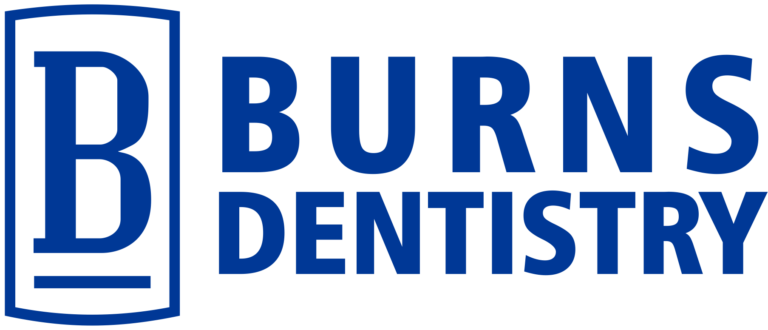What Types of Sedation Are Used in Dentistry?
Did you know that sedation dentistry has been in use for more than 4,000 years? It’s true—according to the Wood Library-Museum of Anesthesiology, Babylonians used henbane (a poisonous plant) to relieve toothaches as early as 2250 B.C.
Fortunately, sedative dentistry has greatly evolved since that time, with many of today’s dentists using three main types of sedation: nitrous oxide sedation, oral conscious sedation, and intravenous (IV) sedation. Below, we discuss each of these types in greater detail and explain how sedation dentistry works.
Is Sedative Dentistry Right for You?
Before delving into the various types of dental sedation, it may be helpful to first discuss some of the issues that sedative dentistry can be used to treat. You may be a candidate for dentistry with sedation if you have:
- Dental anxiety
- Claustrophobia (a fear of confined spaces)
- Aichmophobia (a fear of sharp objects)
- Sensitive teeth
- A sensitive gag reflex
- Difficulty controlling your movements
You might also benefit from sedation dentistry if you’re undergoing a lengthy procedure, or if local anesthesia doesn’t produce sufficient results.
Types of Sedation Dentistry
The three main types of dental sedation include nitrous oxide sedation, oral conscious sedation, and IV sedation. If you’re a candidate for sedation dentistry, your provider will be able to recommend the approach that’s best suited to your specific needs.
Nitrous Oxide Sedation Dentistry
Also known as “laughing gas,” nitrous oxide helps produce a euphoric feeling by altering pain and pleasure receptors. You’ll breathe in a mix of nitrous oxide and oxygen through a mask that’s placed over your nose, and within just a few minutes, you should begin to feel calmer. Once your procedure is complete, you’ll start breathing in pure oxygen, which will help remove any remaining nitrous oxide from your body. Most people are able to drive themselves home after receiving nitrous oxide sedation.
Oral Conscious Sedation Dentistry
If you opt to receive oral conscious sedation, your dentist will prescribe an oral medication, which you’ll need to take approximately one hour before your procedure (but be sure to follow any specific instructions provided by your dentist). This pill typically causes patients to feel groggy, and many even fall asleep while they’re having dental work completed. It can take several hours for these effects to wear off, so you should coordinate a ride home from a trusted friend or family member.
IV Sedation Dentistry
As its name suggests, IV sedation involves administering a sedative directly into the bloodstream through an IV. Similar to oral conscious sedation, IV sedation often causes grogginess, so you’ll need to arrange a ride home from your dentist’s office.
Your Top Choice for Sedation Dentistry
If you’re searching for a dentist administering sedation in Sun City, Sun City West, Litchfield Park, or the surrounding area, turn to Burns Dentistry. We perform a wide array of general and cosmetic treatments, and we’re pleased to offer sedation dentistry for patients who experience any of the issues described above. Contact us today to schedule a free initial consultation at any of our nearby offices.

